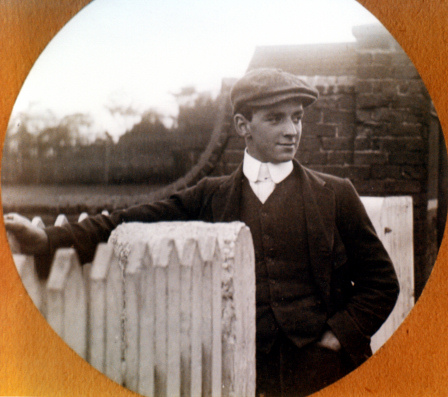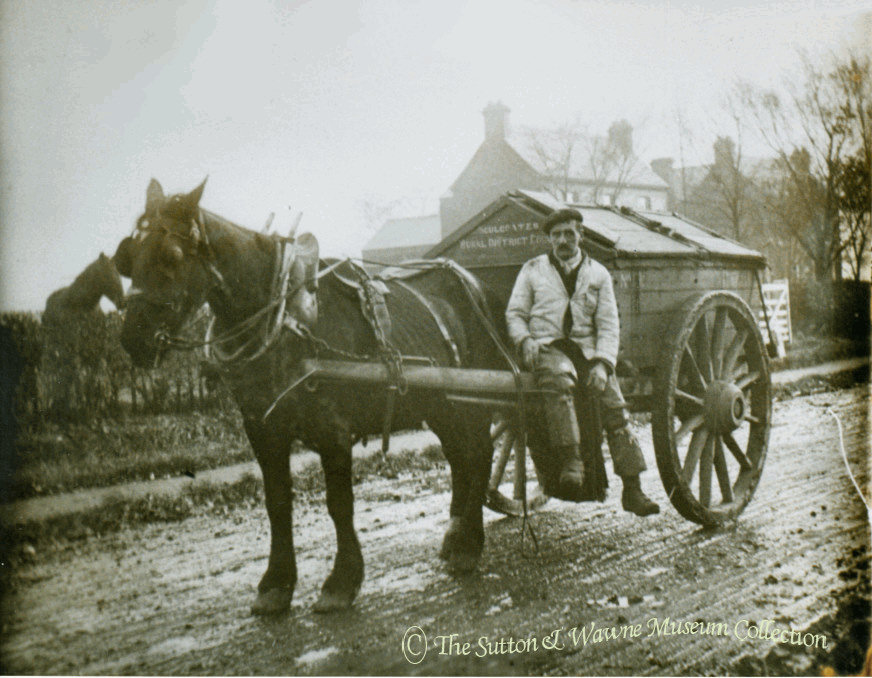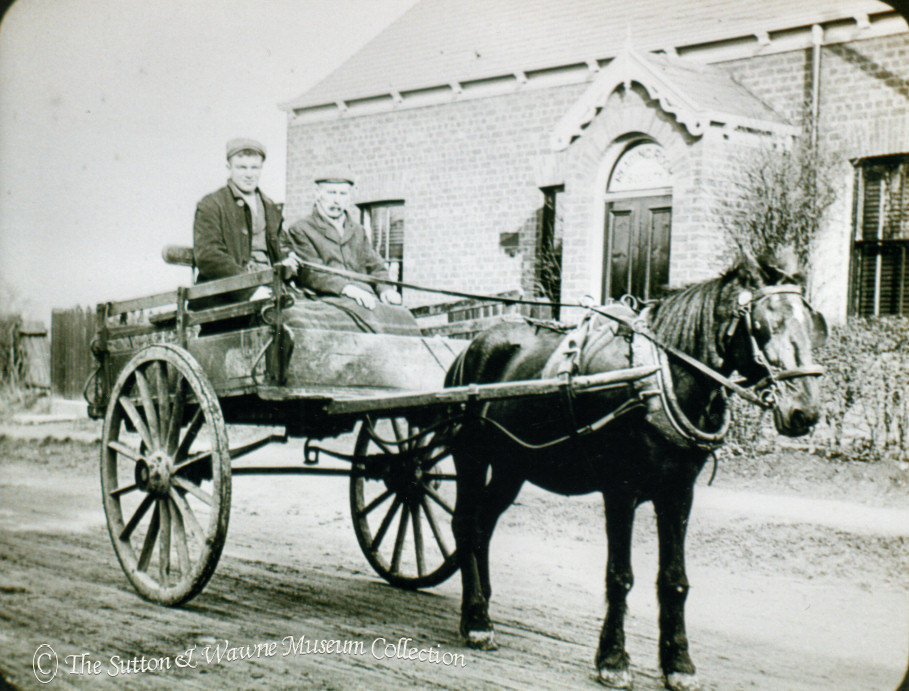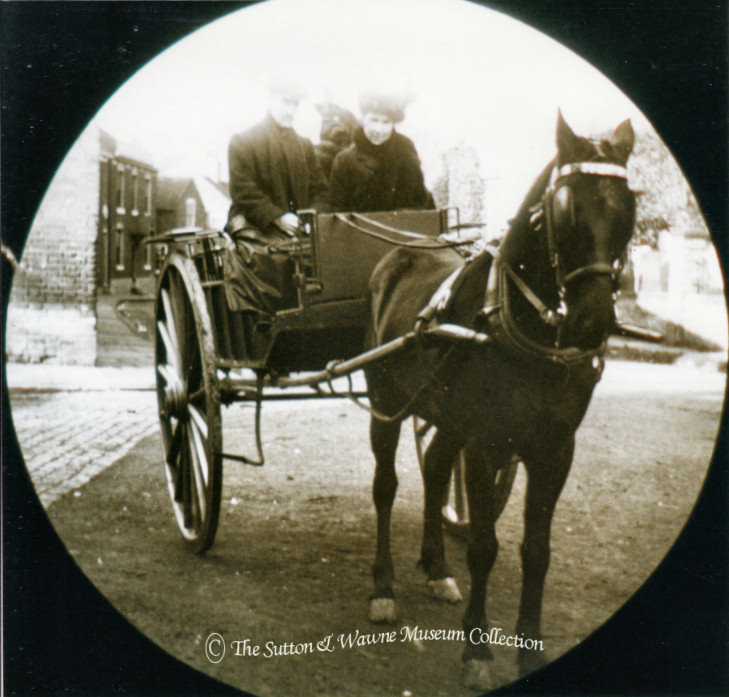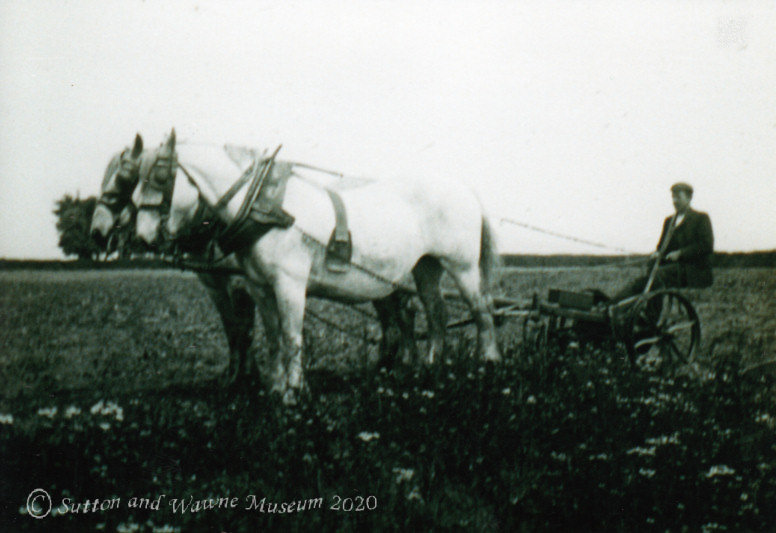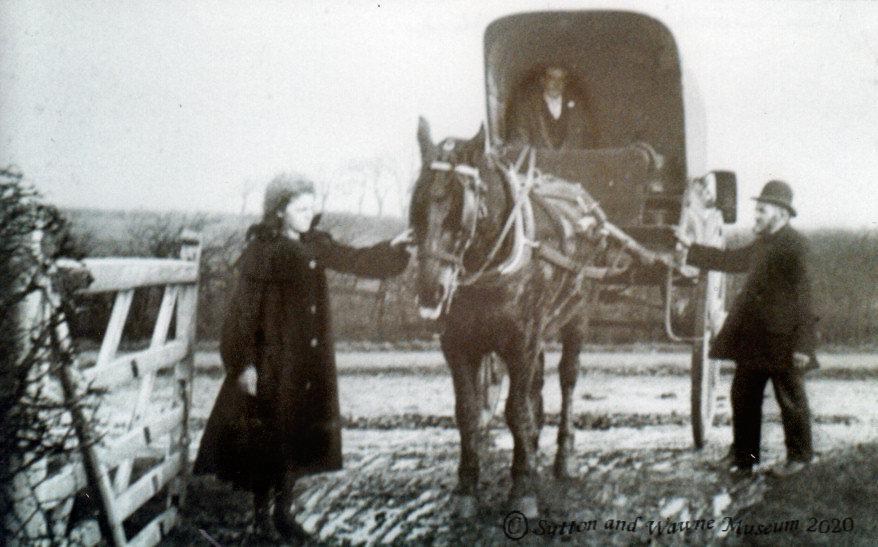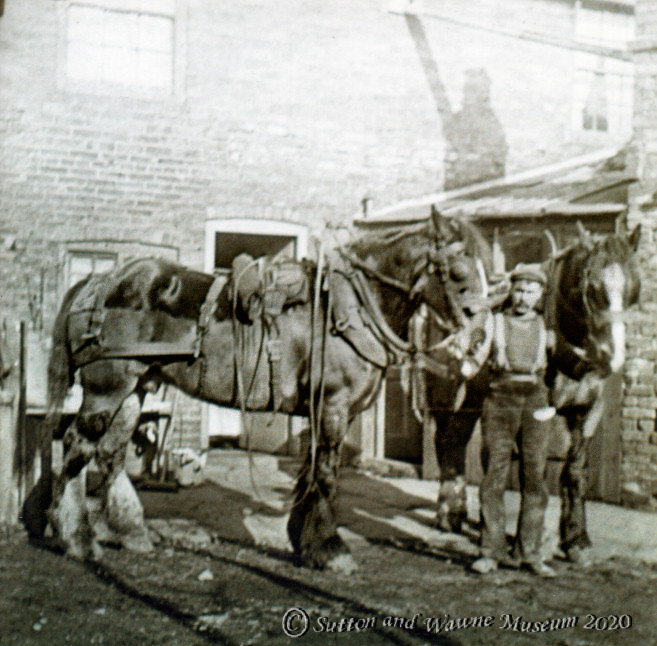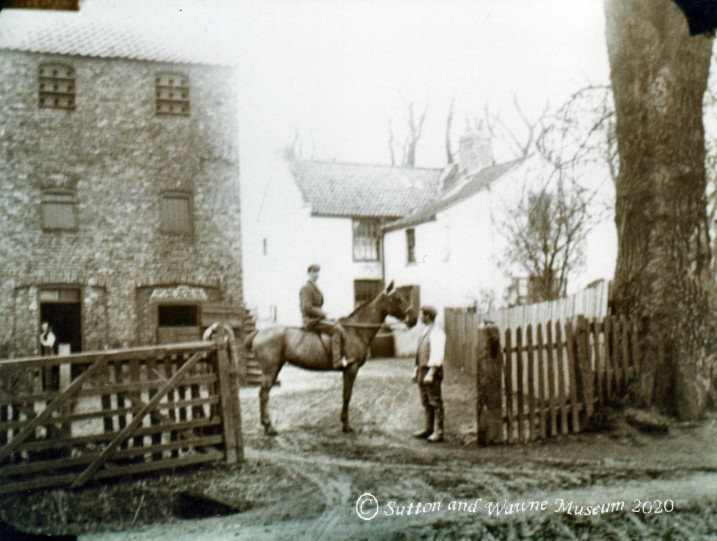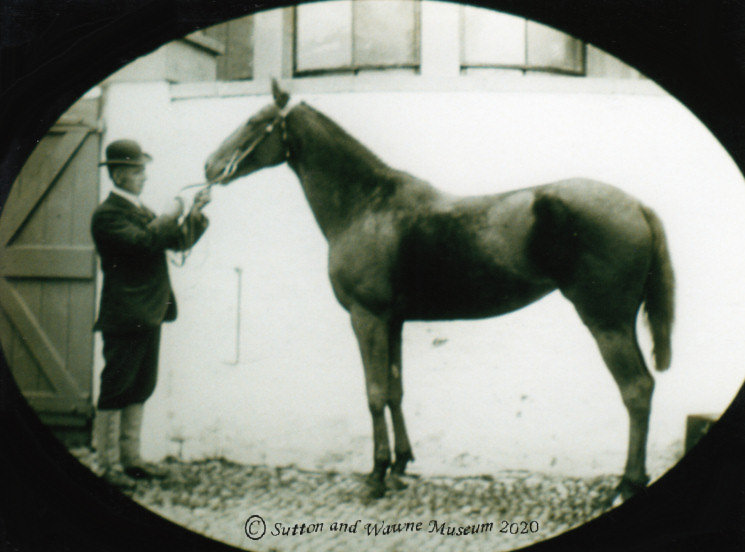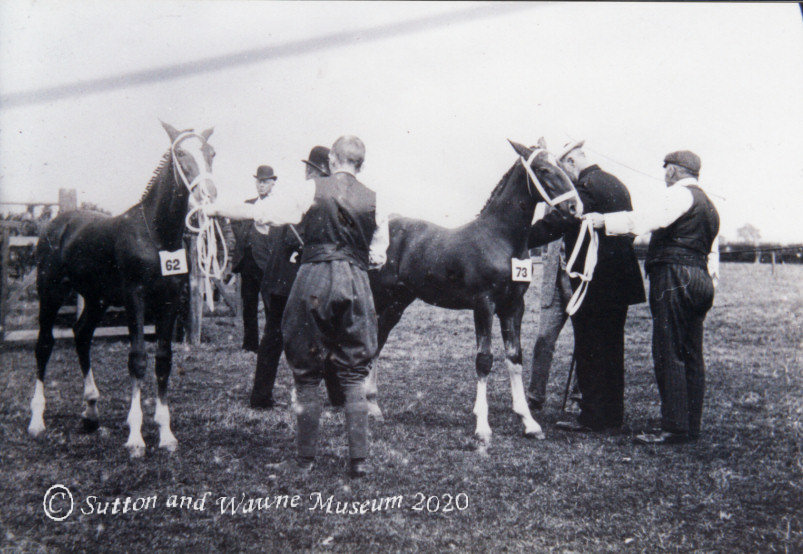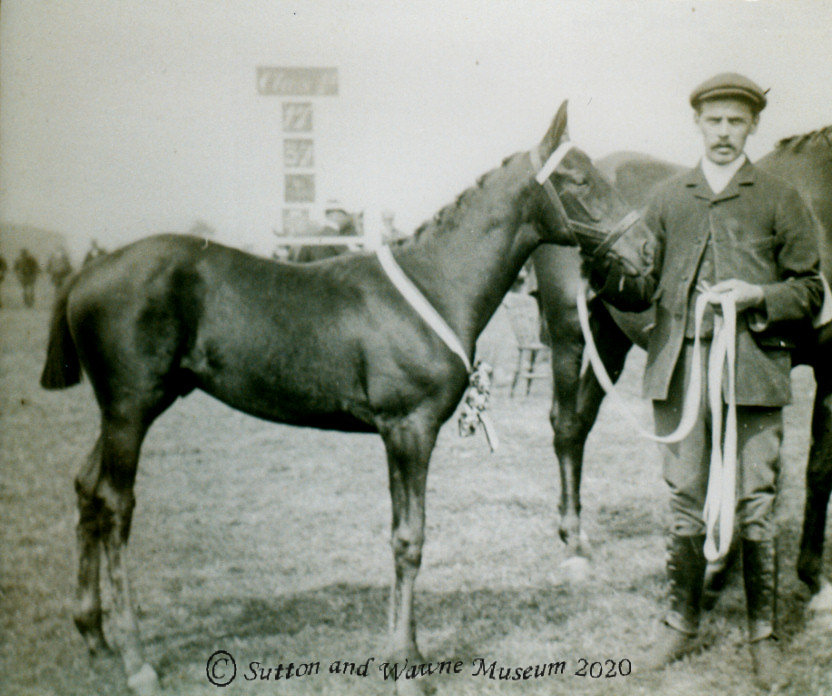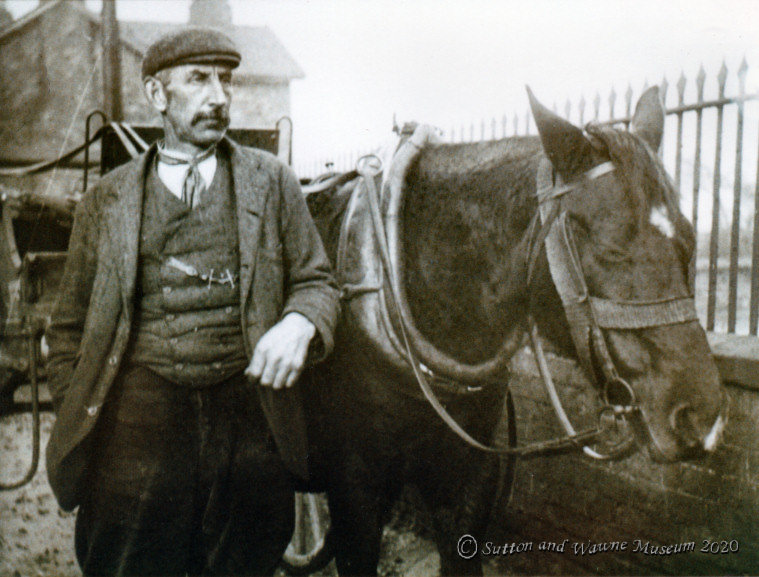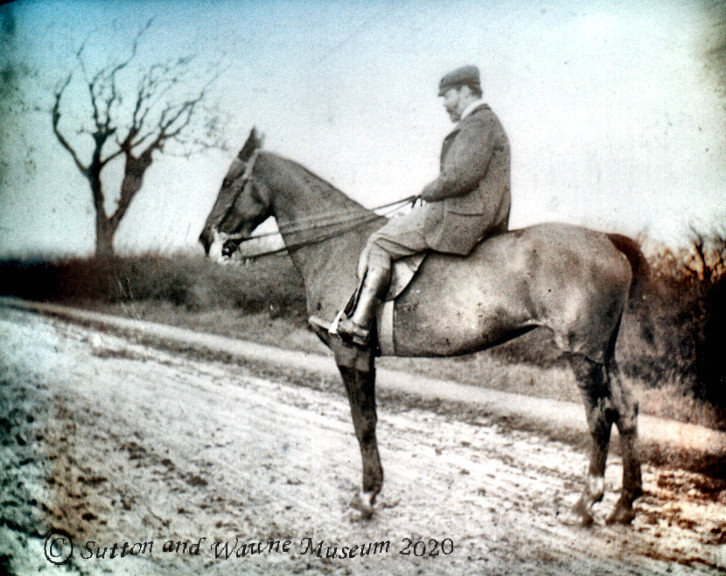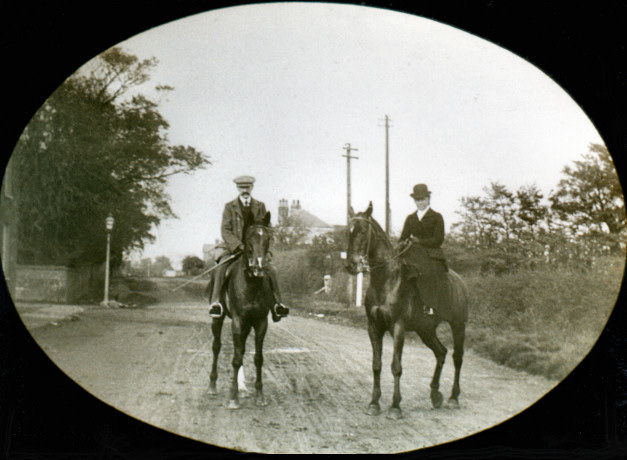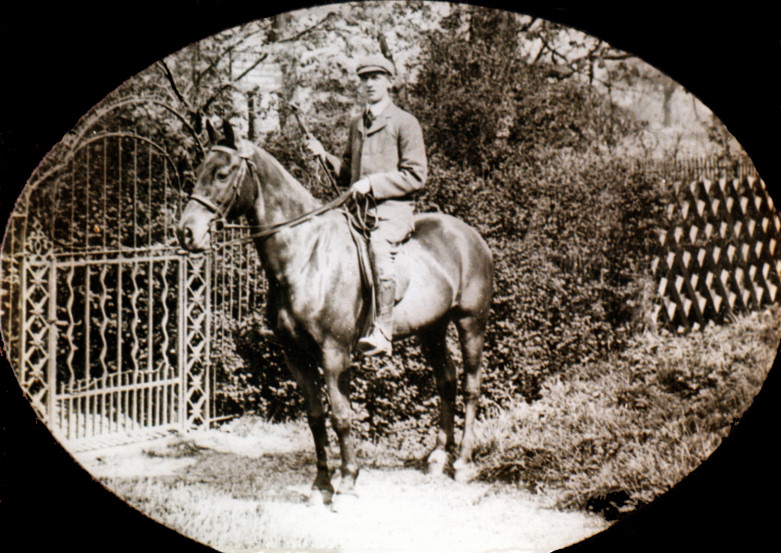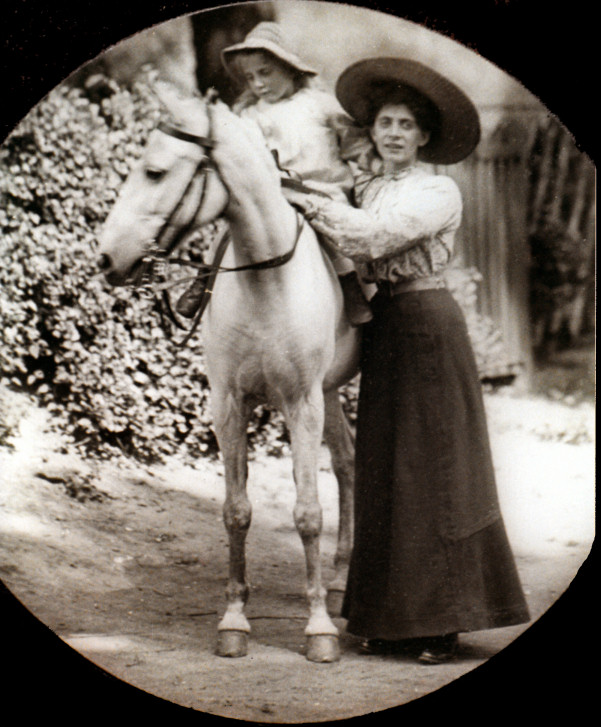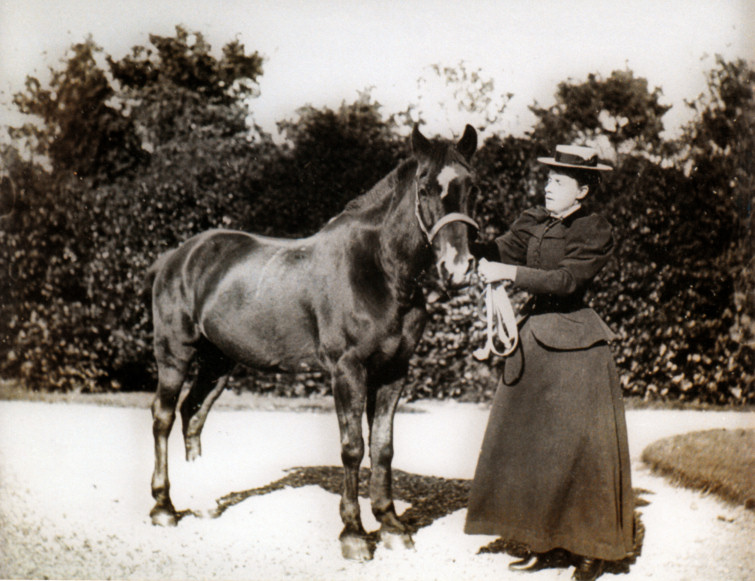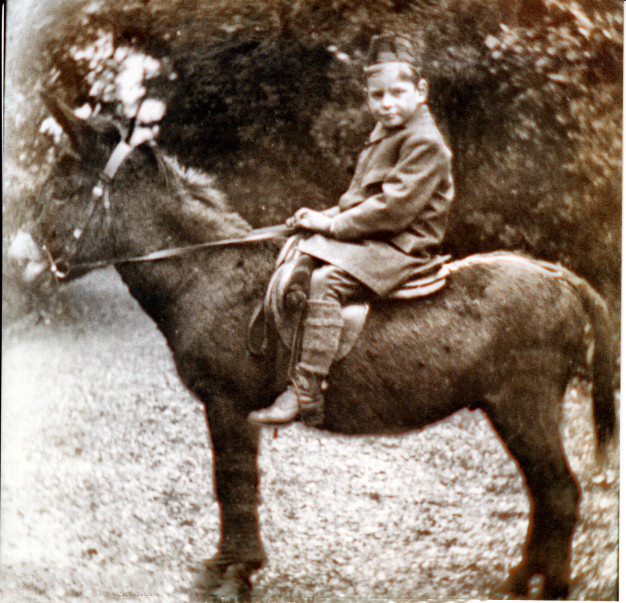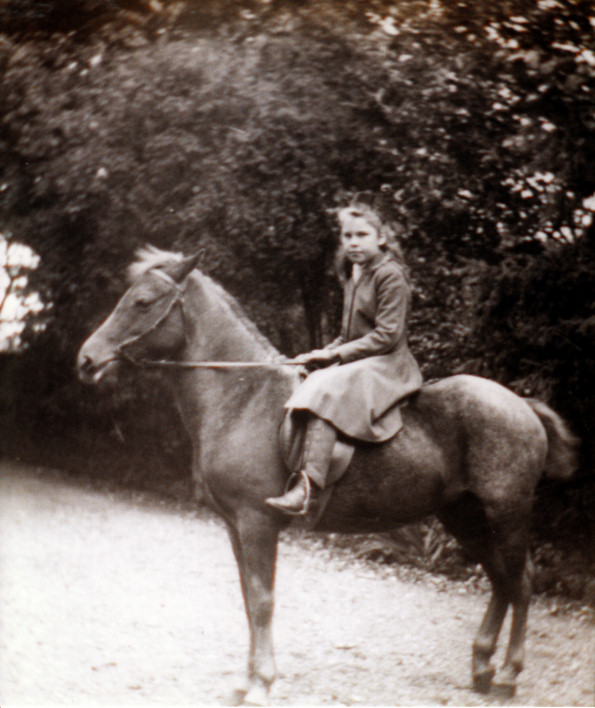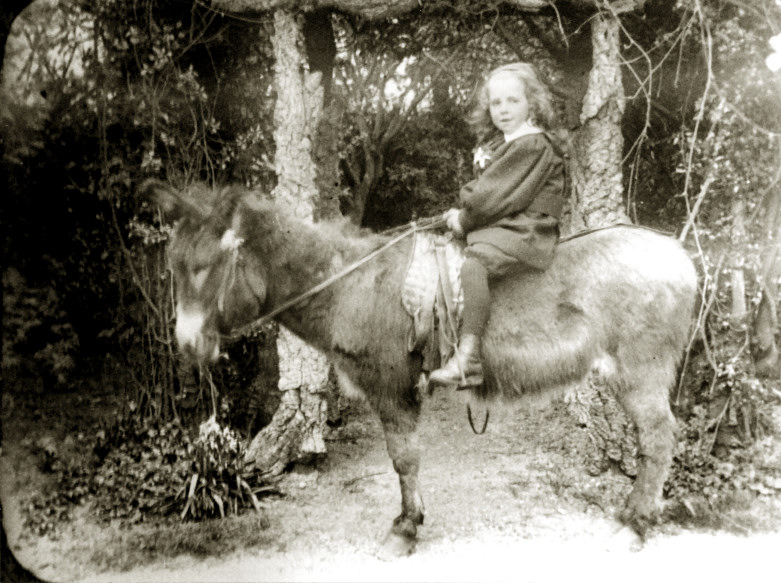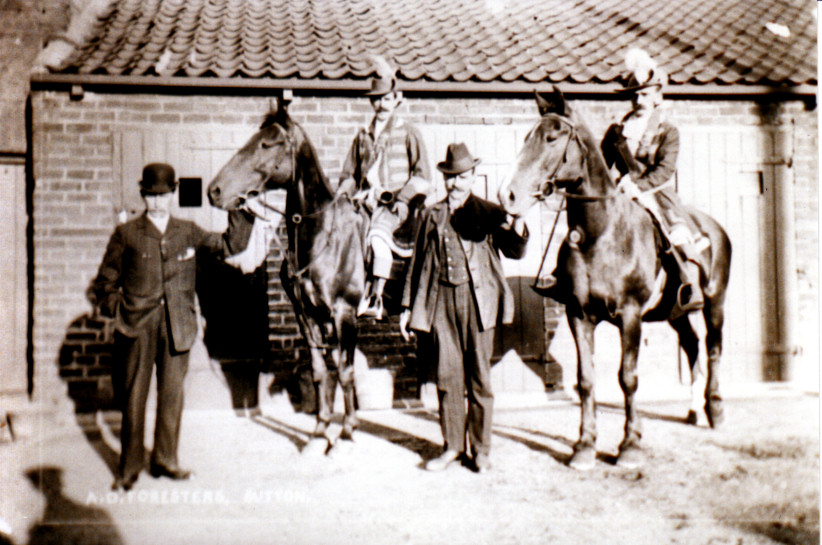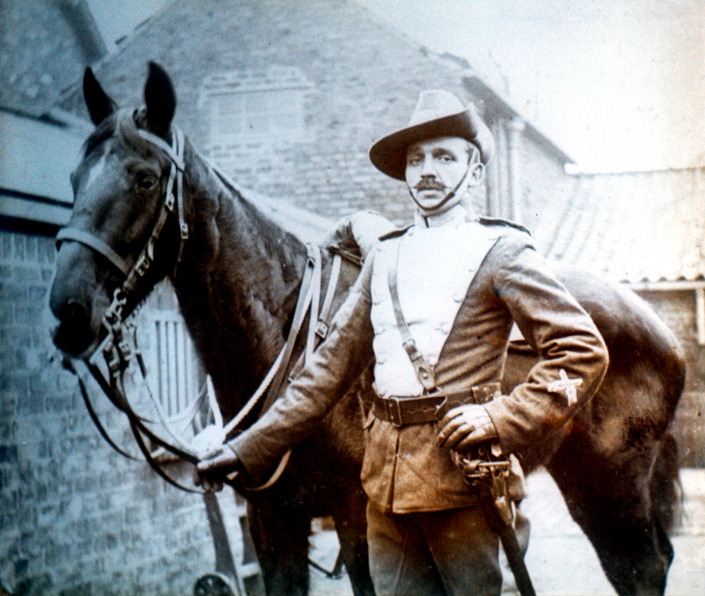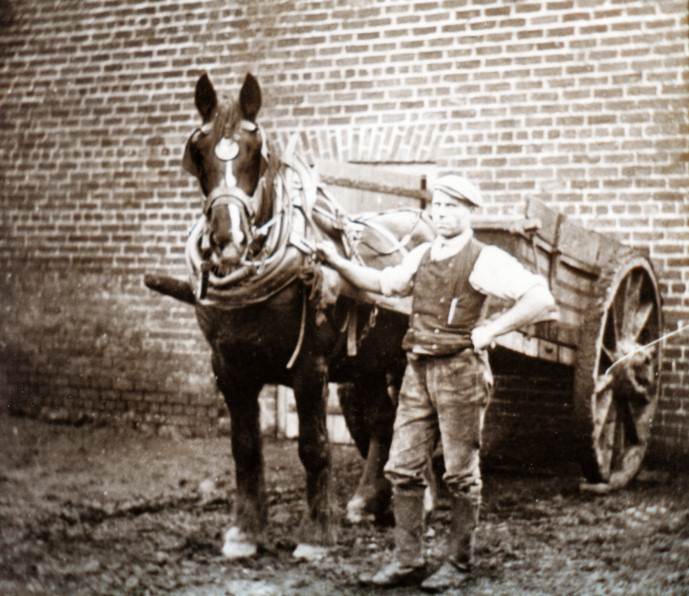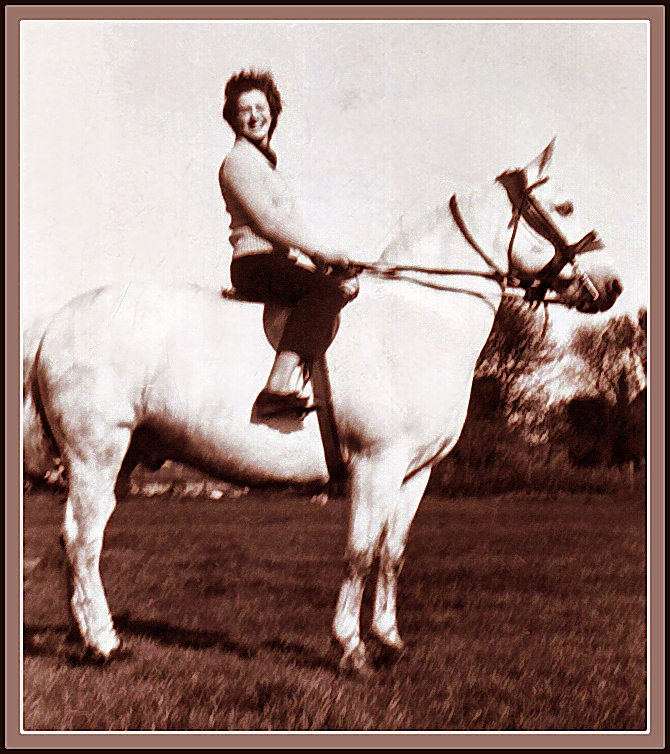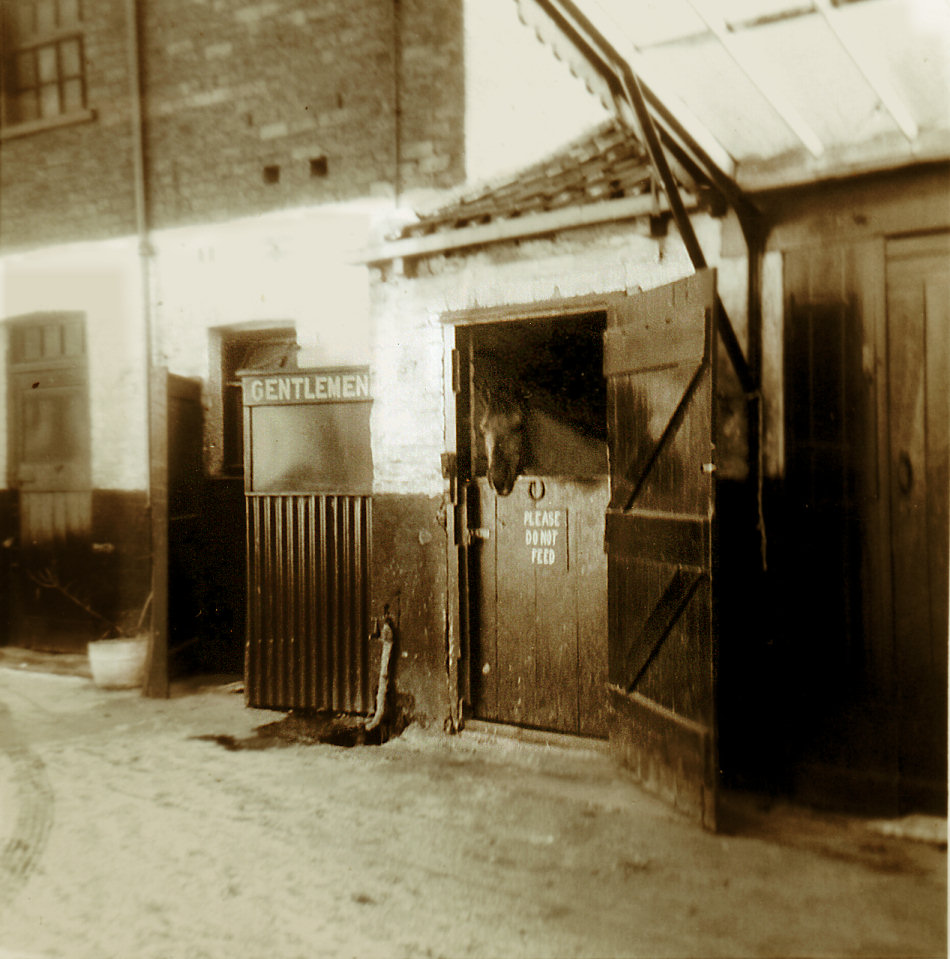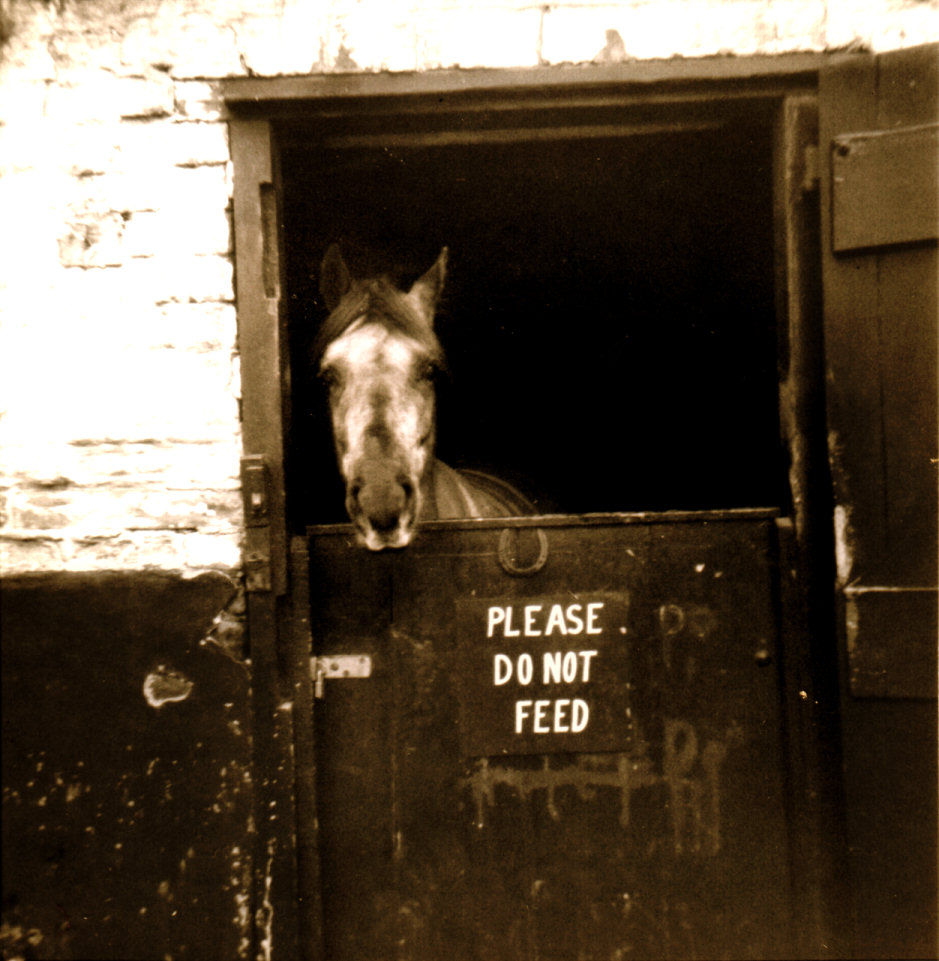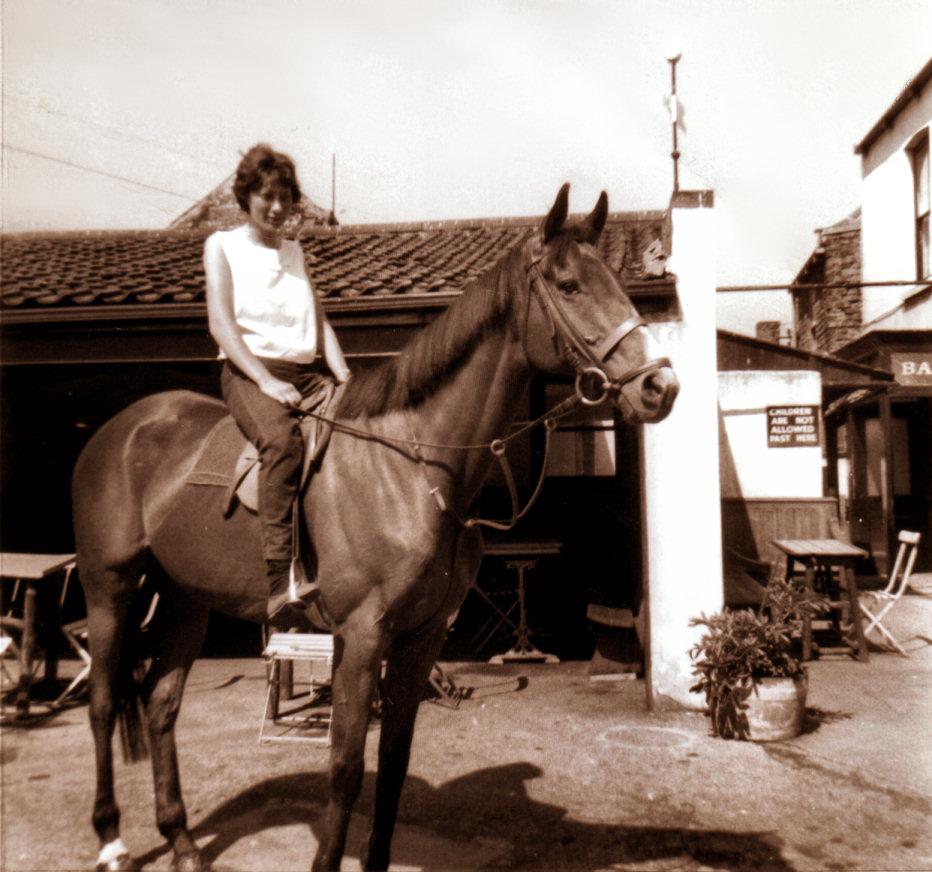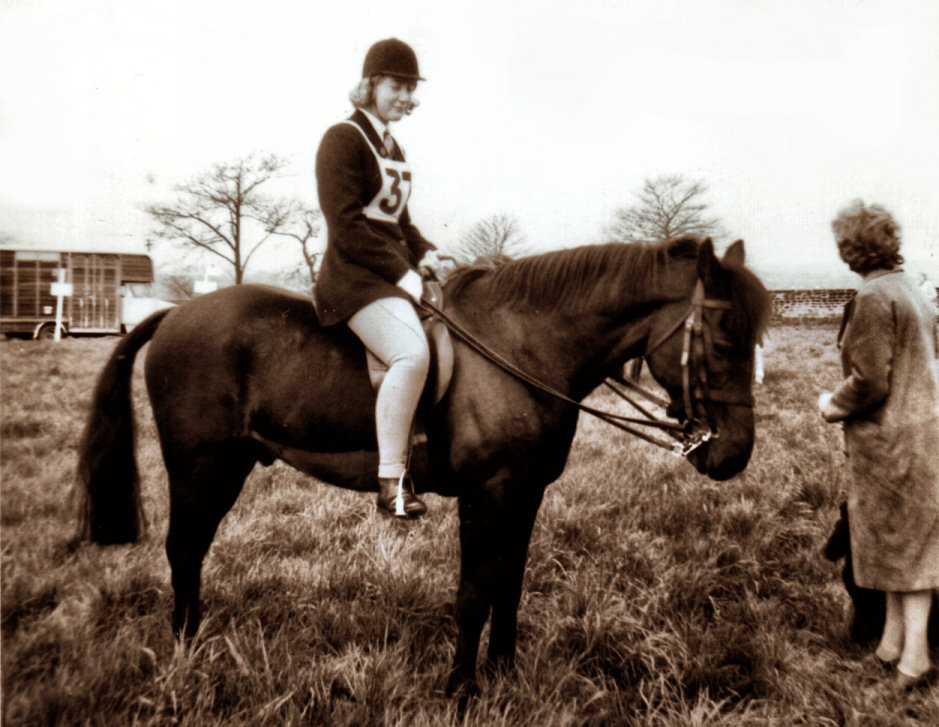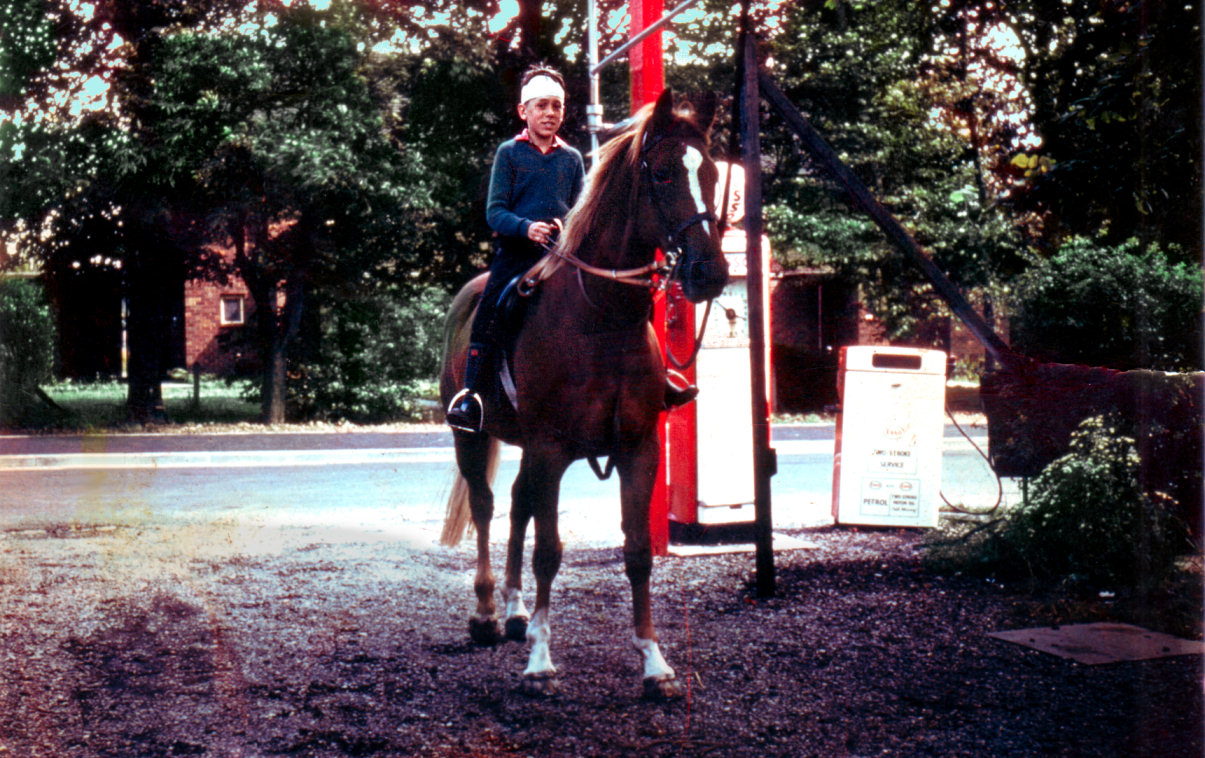|
A
'Pinfold' was the historical name for a secure
fenced area within a village where stray
animals,
cattle, horses, etc, would be impounded until
claimed by their owners, usually on payment of
a fine. Loose livestock, particularly cattle
or sheep that got into crop fields, could ruin
a whole harvest and commit a parish to winter
starvation in medieval times and earlier. That
arrangement lasted in most villages in England
for hundreds of years, until only perhaps just
over 100 to 150 years ago. The fine
could be the equivalent of a small fortune to
lowly cottagers, peasants and commoners of the
time, and was meant to be a severe deterrant
for not taking good care of your own fences
and gates.
The gates at the side of our Old School led to
Sutton on Hull's own pinfold,
shown in Ken Cooke's lovely 1960s line drawing
above, and
is actually marked on old maps.
Our digital Pinfold today will hold photos
from our collections showing animals over the
decades.
This first set are all the horses and ponies,
whatever work they were doing, from our
albums.
On this page, we'll go "down the Pinny"
-- every horse shall have his day.
________________________________
The first 8 rows are all photos from BEFORE
1920, from our Glass Plate albums.
The
originals, with captions, can be seen in the
Museum on Fridays.
After
that are photos sent to the museum by
residents, past & present.
CLICK TO GO
3
5
In
ancient villages, it was the
village 'Haywarden' who had
the responsibility for
maintaining the parish
boundary hedges and fences,
ie, the warden of the hay
meadows. It was also his
job to round up any stray
animals, and secure them in
the pinfold until their owners
could reclaim them and pay the
appropriate fine, which he
passed to the village
'reeve'.
The job title, along with
smiths, wrights and archers,
became a surname in around the
1300s as native English
gradually took over from the
imposed Norman French.
The name evolved through
various spellings, Heyward and
others, until one variation
became Haywood -
coincidentally, the name of
your website manager and
museum volunteer.
So here in this pinfold, a
Haywood will once again take
charge. Any stray
animals found here will be
digitally impounded and
attract a fine of at least
10/- (now 50p) until
reclaimed. And don't let
them out again!
END
OF THIS FIRST PADDOCK IN
THE PINFOLD
These
spaces available for 'stray'
animals. 10/- (ten
shillings, ask your grandma!) a
go.
The
first photo, suggested by Sylvia
Cooke, is from our own
collection of glass
plates. Rowley
Thompson was an old
village character of
many years ago, and
Sylvia recalls him when
he was a very old man.
He was a cowkeeper, and
was the last person to
keep livestock in the
old pinfold, apart from
those local lasses tying
their own ponies up here
when in school. The
girls used to have bags
of hay hanging on that
wall behind, and troughs
of water for their
ponies all provided. I
wonder if anyone still
has photos of those
ponies by the
wall. Rowley is
seen here as a young
man, leaning on the
actual pinfold fence and
gate, so this cannot be
of any later than
1920. But
schoolgirls were tying
their ponies up here,
much the same as you
would use a bike for
school, almost up until
the school closed in
1976.
A
Selection of photos from the
collection of John Wall,
formerly of Cavendish Rd
Sch,
whose
parents ran a village shop,
opposite the church. The
stable photos are at the
back of the Duke of York.
The girls are Christine
Cottingham, and Margaret
Bilton attended by her mum.
Lastly, John himself, at the
front of the garage on Leads
Rd, on his pony, "Honey".
|

